Unveiling the Fascinating World of Electronics: Discover Engaging Videos for Young Science Enthusiasts on LabLittles
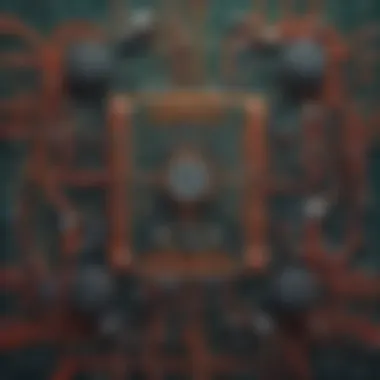

Science Fun Facts
As we journey into the realm of electronics, let's uncover some fascinating trivia and lesser-known facts about the science behind our everyday gadgets. Did you know that the first computer bug was an actual insect found trapped in a Harvard Mark II computer in 1947, causing a malfunction? Understanding these quirky science stories can ignite our curiosity and make learning about electronics more intriguing. Moreover, delving into amazing science records such as the invention of the transistor or the creation of the first electronic digital computer can inspire young minds to explore the endless possibilities of technology. Lastly, posing some thought-provoking questions like 'How do electrons flow in a circuit?' or 'What makes a magnet attract certain metals?' can prompt critical thinking and nurture a deeper understanding of the concepts to be explored.
Discover the Wonders of Science
Embark on a whimsical journey through the captivating world of science with LabLittles' curated electronic videos that bring scientific concepts to life in vibrant animations and engaging visuals. Explore the diverse realms of electricity, magnetism, circuits, and more through educational videos that blend entertainment with learning seamlessly. Engage with interactive learning tools that simulate real-life applications of science, enabling young enthusiasts to bridge theoretical knowledge with practical understanding. By showcasing how electronic principles are utilized in everyday devices like smartphones or computers, children can grasp the relevance and impact of electronics in the modern world.
Science Quiz Time
Challenge your knowledge and critical thinking skills with interactive quizzes specially crafted to test your understanding of electronics and scientific phenomena. Dive into multiple-choice questions that require analytical reasoning and deductive skills to solve. Unlock brain teasers and puzzles that not only entertain but also educate, fostering a fun and effective learning experience. By gamifying the learning process, these quizzes encourage active participation and retention, making learning about electronics an enjoyable and rewarding endeavor for young learners.
Science Experiment Showcase
Experience the excitement of conducting hands-on experiments that unravel the mysteries of electronics with simple yet captivating tasks. Follow step-by-step instructions that guide you through each experiment, from assembling the materials needed to executing the procedure safely. Access a comprehensive materials list detailing everything required for the experiments, ensuring a seamless and educational experience. Prioritize safety with essential tips and precautions to safeguard against potential risks, allowing children to explore the wonders of electronics in a supervised and secure environment. Dive into the realm of experimentation and discovery, where learning about electronics transcends theory and becomes a tangible and exhilarating reality for young science enthusiasts.
Introduction to Electronics Videos
In today's fast-paced world, where technological advancements shape our daily lives, an understanding of electronics is crucial from an early age. The domain of electronics is vast, encompassing everything from basic circuitry to intricate microcontrollers that power our gadgets. In this article, we delve into the realm of electronics through a curated selection of engaging videos designed specifically for young science enthusiasts aged 6-12. These videos, presented on LabLittles, offer a captivating blend of entertainment and education, making learning a delightful experience. By exploring electronics through videos, children can grasp complex concepts in a visually stimulating manner, fostering a deep appreciation for the inner workings of the devices they encounter daily.
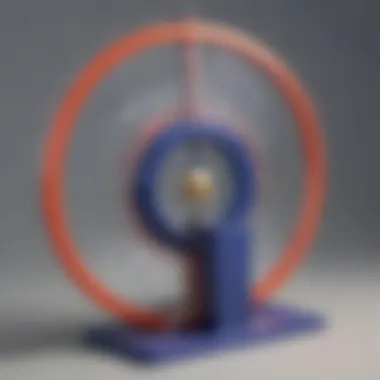
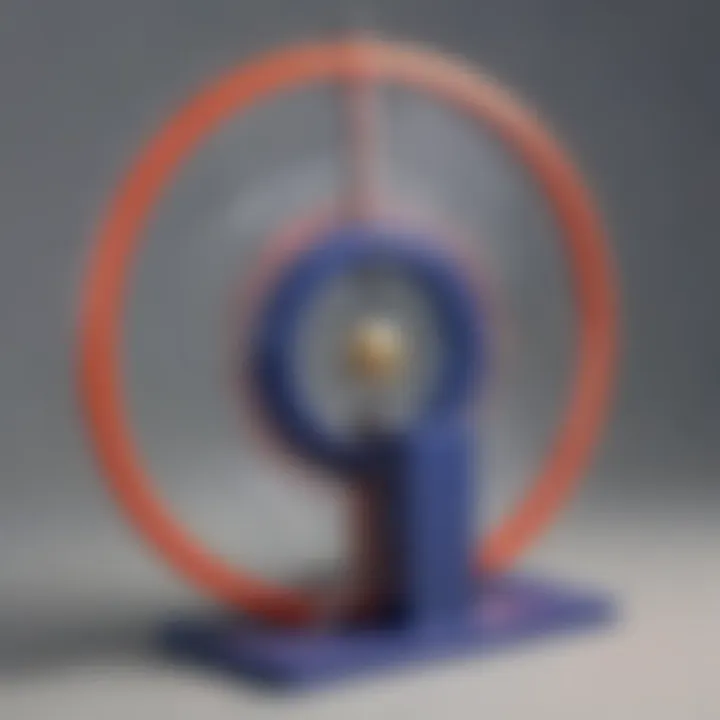
1. Understanding Circuits
As we embark on our journey into electronics, understanding circuits serves as the foundational building block. Circuits are the pathways through which electricity flows, enabling devices to function. Through interactive videos, children will learn how to identify different types of circuits, comprehend the flow of electrons, and grasp the significance of components like resistors, capacitors, and LEDs. By gaining a solid understanding of circuits, young learners lay a robust groundwork for exploring more advanced concepts in electronics.
2. Exploring Components
Delving further into the world of electronics, exploring components unveils the intricacies of the electrical elements that make up circuits. Components such as diodes, transistors, and sensors play vital roles in the functionality of electronic devices. Through dynamic visuals and engaging demonstrations, children will discover the unique properties and functions of these components, paving the way for hands-on experimentation and innovation. Understanding components not only enhances technical knowledge but also nurtures creativity and problem-solving skills among young minds.
3. Introducing Electricity Basics
The foundational knowledge of electricity is essential for grasping the fundamentals of electronics. Introducing electricity basics in an accessible and interactive manner lays the groundwork for comprehending voltage, current, and resistance. By demystifying key concepts such as Ohm's Law and series/parallel circuits through immersive videos, children gain a practical understanding of how electricity powers the devices we rely on daily. This section bridges the gap between theoretical knowledge and real-world applications, empowering young science enthusiasts to engage confidently with electronics.
Practical Demonstrations in Electronics
In this section, we delve into the crucial aspect of practical demonstrations in electronics, offering young science enthusiasts a hands-on experience that goes beyond theoretical knowledge. Practical demonstrations are pivotal as they provide a practical application of theoretical concepts, enabling children to witness the principles of electronics in action. These demonstrations not only enhance understanding but also foster curiosity and a deeper interest in the subject. One of the primary benefits of incorporating practical demonstrations is the opportunities they create for interactive learning, engagement, and skill development. By engaging in hands-on activities like building circuits and experimenting with sensors, children can grasp complex ideas in a tangible and memorable way.
Building Simple Circuits
Building simple circuits is a fundamental yet significant aspect of exploring electronics. Through the creation of basic circuits, children can comprehend the flow of electricity, the role of different components, and the principles of connectivity. This hands-on activity not only strengthens their knowledge but also cultivates problem-solving skills and critical thinking. Creating a Light-Up LED Circuit is a popular choice due to its simplicity and visual impact. The vibrant illumination of an LED reinforces the concept of an electrical circuit in a captivating manner. However, it is essential to note that constructing a Buzzer Circuit offers a different sensory experience by integrating sound into the learning process. Each circuit variant presents unique advantages, stimulating different senses and cognitive processes.

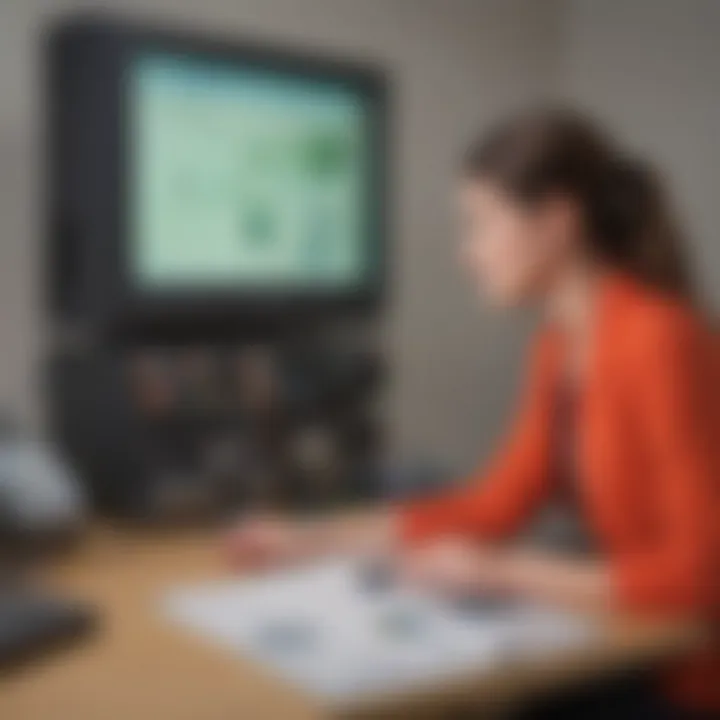
Creating a Light-Up LED Circuit
The process of creating a Light-Up LED Circuit involves connecting an LED (Light-Emitting Diode) to a power source in a closed loop. This fundamental exercise allows children to observe the direct relationship between electrical current and illuminative output. The simplistic nature of the LED Circuit makes it an ideal starting point for beginners, offering a clear visual cue of electrical conductivity. Despite its straightforward construction, misths^pe the LED Circuit holds immense educational value by introducing students to circuit building techniques and basic electrical concepts.
Constructing a Buzzer Circuit
Contrasting the silence of a Light-Up LED Circuit, constructing a Buzzer Circuit introduces sound as an additional element to the circuit. By assembling a circuit that incorporates a buzzer, children can explore the auditory aspect of electronics alongside visual demonstrations. The buzzer's activation reinforces the completion of an electrical circuit, fostering a holistic understanding of circuit functionality. While the Buzzer Circuit may seem more complex than its LED counterpart, the auditory feedback it provides enhances the multisensory learning experience. Despite the minor complexity, this circuit variation offers a comprehensive perspective on incorporating diverse components into electronic configurations.
Advanced Concepts in Electronics
Electronics, in its advanced form, delves deeply into intricate systems and technologies that power many of our modern devices. Understanding Advanced Concepts in Electronics is pivotal for enthusiasts looking to grasp the inner workings of cutting-edge technology. In the realm of LabLittles' curated videos, exploring Advanced Concepts in Electronics provides young Science enthusiasts with a glimpse into the fascinating world of microelectronics, integrated circuits, and advanced circuit design. By delving into this topic, viewers can gain valuable insights into how complex electronic devices function, paving the way for a deeper appreciation of the technology that surrounds us.
Understanding Integrated Circuits
Integrated circuits play a fundamental role in modern electronics by cramming thousands to billions of electronic components onto a tiny semiconductor chip. Understanding Integrated Circuits is crucial as it forms the backbone of electronic systems we encounter daily, from smartphones to computers. In LabLittles' engaging videos, viewers will unravel the intricacies of integrated circuits, exploring how these small chips revolutionized the electronics industry by making compact and powerful devices a reality. By delving into this topic, young learners can appreciate the significance of miniaturization and the impact it has on our modern world.
Diving Into Microcontrollers
Microcontrollers are miniature computers on a single chip, acting as the brains behind various electronic devices. Diving Into Microcontrollers in LabLittles' videos opens a gateway to understanding how these intelligent chips control devices like smart appliances, robotics, and more. This section sheds light on how microcontrollers process inputs, make decisions, and execute commands, fostering a deeper comprehension of automation and control systems. Exploring Microcontrollers equips young minds with the knowledge to comprehend the role of programming in electronics and its profound impact on technology's evolution.
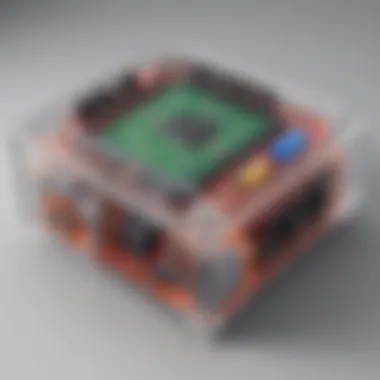
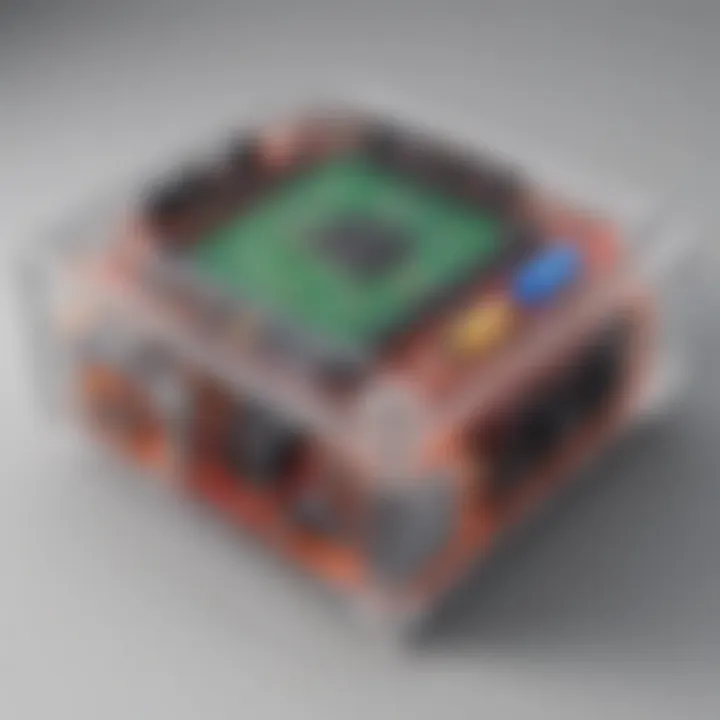
Fun Experiments with Electronics
In this section, we delve into the realm of fun experiments with electronics, a crucial component of the LabLittles' curated video series for young science enthusiasts aged 6-12. These experiments serve as a gateway for children to explore the wonders of technology and ignite their curiosity in the field of science and engineering.
Fun experiments with electronics offer a hands-on experience that goes beyond theoretical concepts, allowing young minds to actively engage with the principles of magnetism, electricity, and sound waves. By participating in these experiments, children can develop critical thinking skills, enhance their problem-solving abilities, and cultivate a deeper appreciation for the underlying scientific principles.
One key benefit of fun experiments with electronics is their ability to make abstract concepts tangible and accessible to young learners. Through interactive activities exploring magnetism, electricity, and sound wave visualizations, children can grasp complex ideas in a concrete and engaging manner, fostering a lasting interest in STEM subjects.
Moreover, these experiments encourage creativity and innovation by providing a platform for young individuals to experiment, tinker, and discover new phenomena. By offering a blend of education and entertainment, LabLittles' fun experiments aim to inspire the next generation of innovators and problem-solvers.
Exploring Magnetism and Electricity
Within the realm of magnetism and electricity exploration, children are introduced to the fundamental forces that govern our physical world. Through hands-on experiments, young learners can observe the interactions between magnets and electric currents, gaining insights into the underlying principles of attraction, repulsion, and conductivity.
Exploring magnetism and electricity offers a window into the fascinating dynamics of magnetic fields and electrical circuits. By investigating how magnets interact with each other and with conductive materials, children can uncover the relationship between magnetic poles, electric charges, and the flow of electrons.
By engaging in activities such as creating simple electromagnets, constructing basic circuits, and exploring the concept of magnetic induction, young minds can deepen their understanding of magnetism and electricity phenomena. These experiments lay the foundation for more advanced studies in physics and engineering, setting the stage for continued exploration and discovery.
Creating Sound-Wave Visualizations
In the realm of sound-wave visualizations, children embark on a sonic journey that explores the intricate patterns and properties of sound. By conducting experiments that demonstrate sound wave propagation, interference, and frequency modulation, young learners can unravel the mysteries of acoustics and auditory perception.
Creating sound-wave visualizations enables children to visualize sound waves through innovative techniques such as Chladni plates, Ruben's tubes, and oscilloscope demonstrations. These experiments provide a visual representation of sound waves, illustrating how amplitude, frequency, and wavelength contribute to the auditory experience.
Through interactive activities that involve creating sound wave patterns using household items, exploring the effects of different frequencies on sound perception, and experimenting with resonance phenomena, children can deepen their appreciation for the science of sound. These experiments not only enhance their understanding of acoustics but also inspire a sense of wonder and curiosity about the complex nature of sound.
By engaging with hands-on experiments in sound-wave visualizations, children can develop a holistic understanding of sound phenomena, from the physics of wave propagation to the psychological aspects of auditory perception. These activities foster a multidimensional approach to learning about sound, encouraging young minds to explore the harmonious relationship between science and art.







